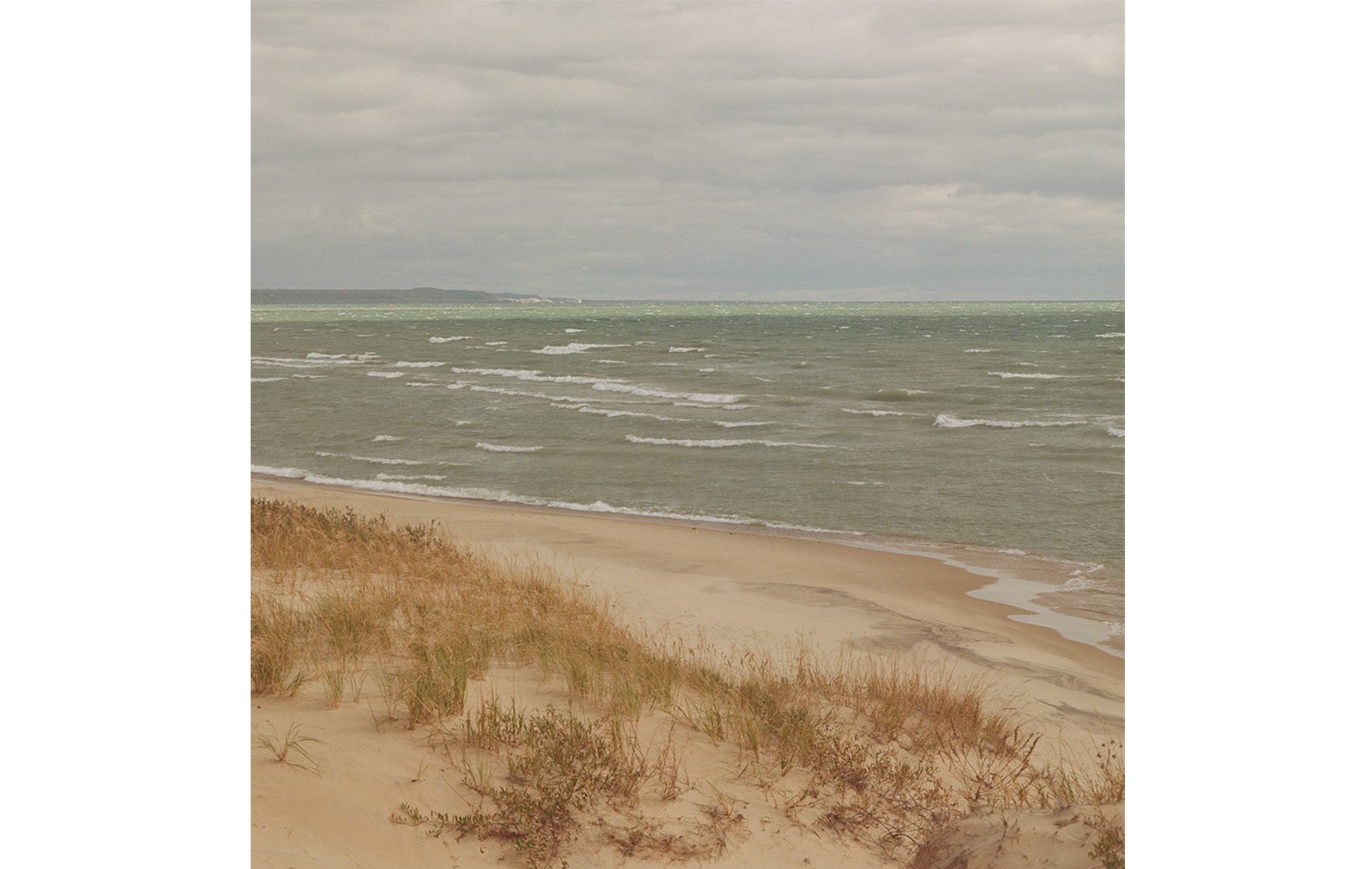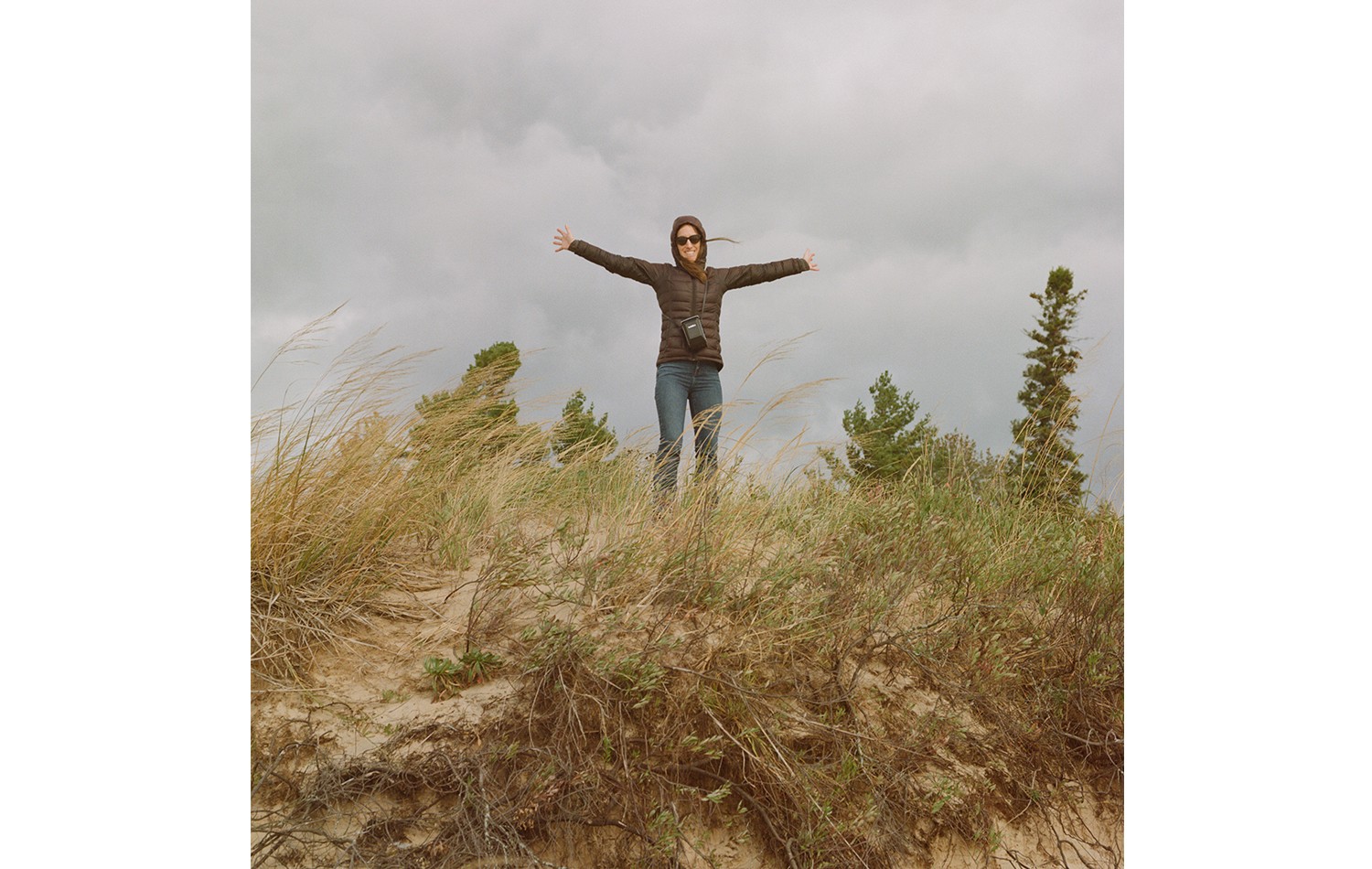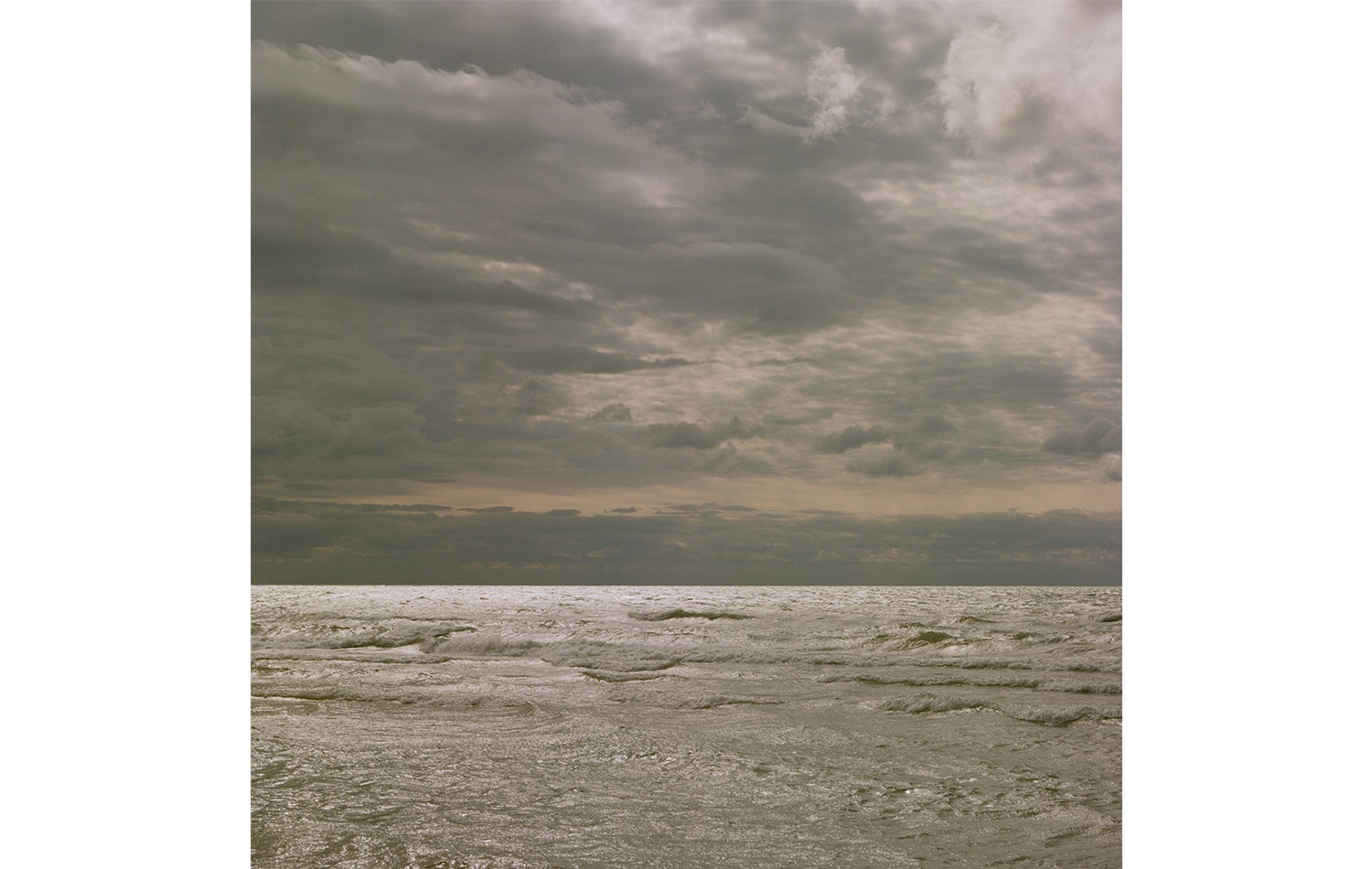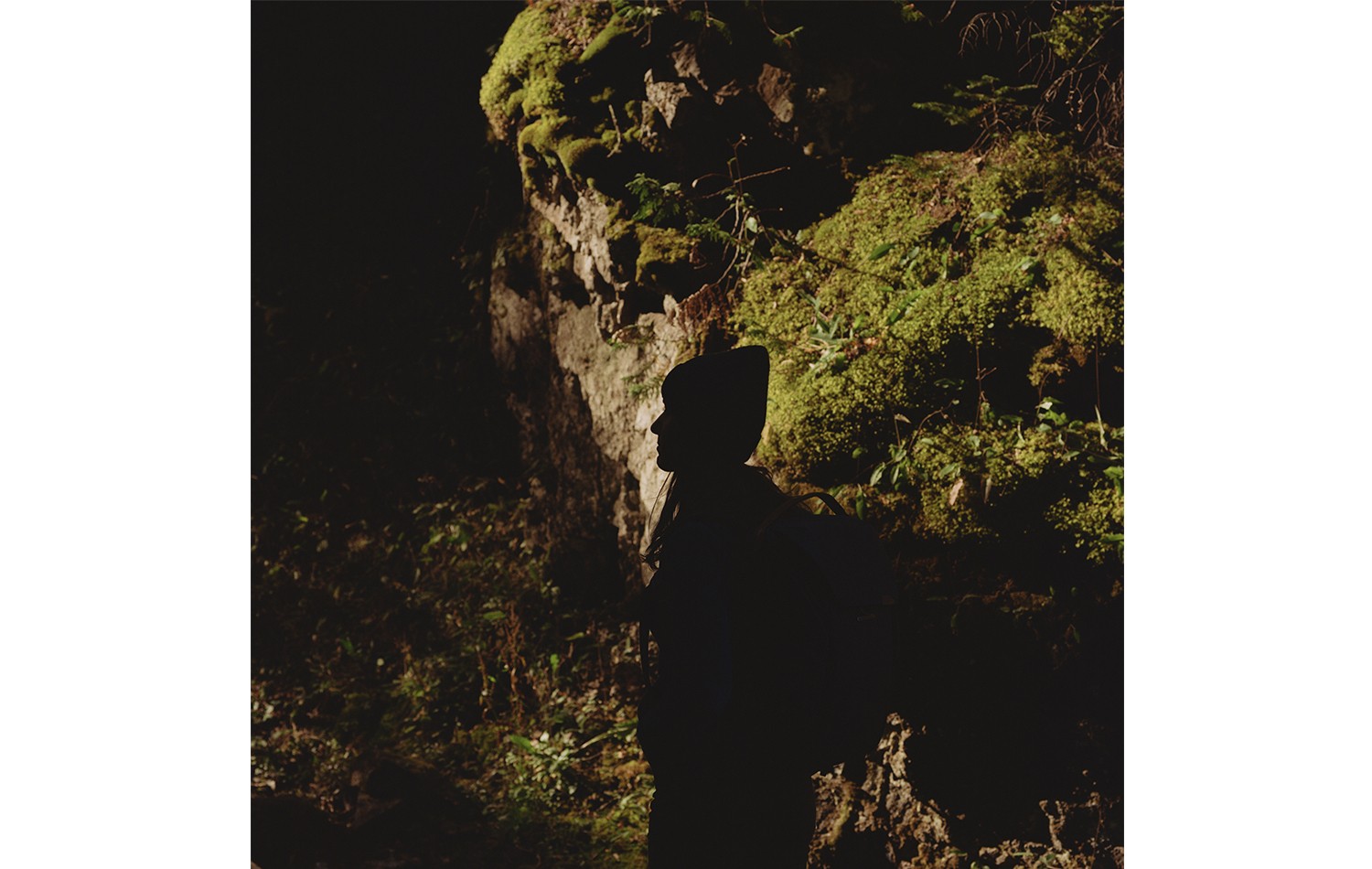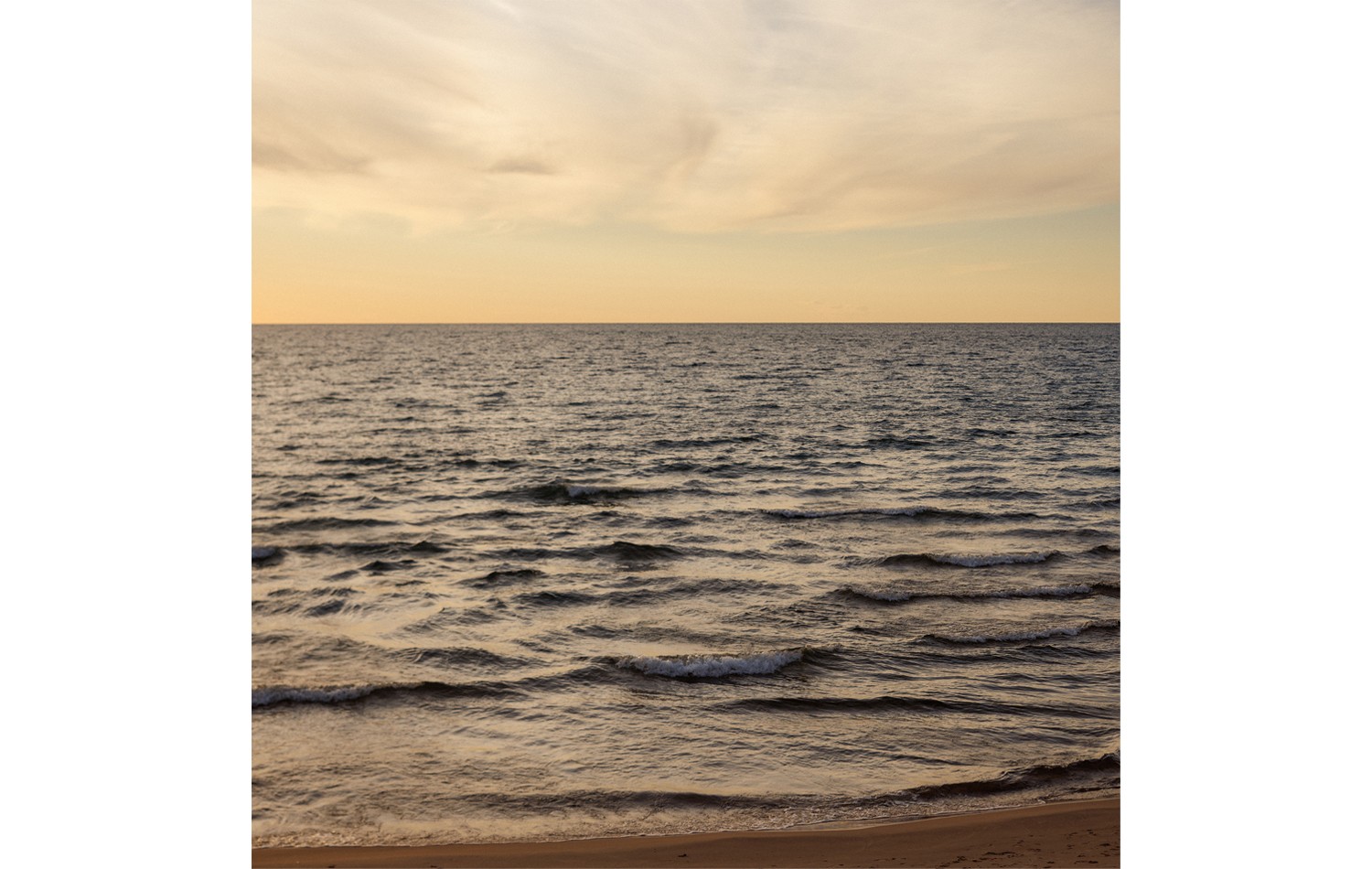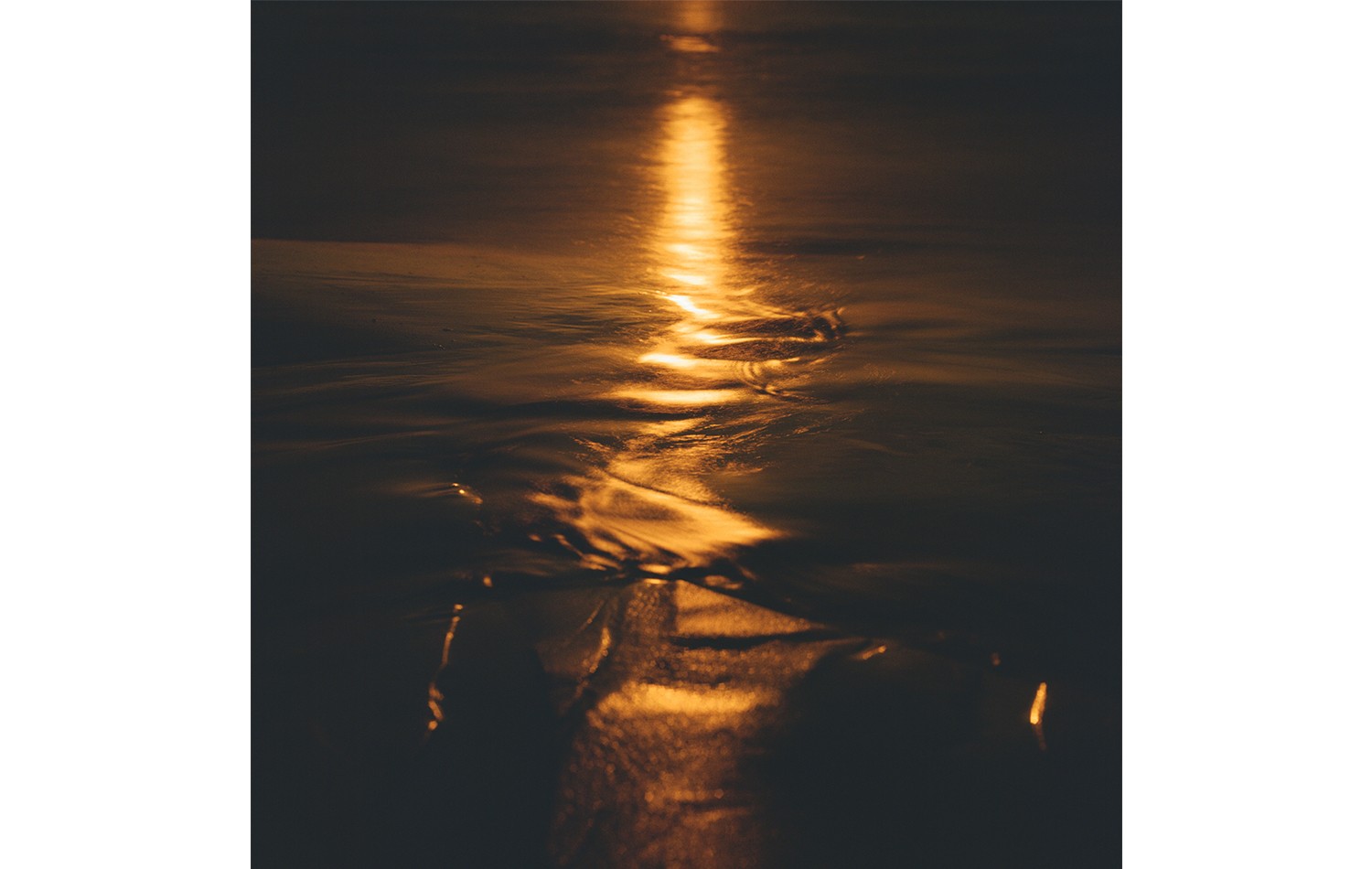INSPIRE
Body of work
Emily and Beth, two Michiganders with a shared love of storytelling and adventure, drive to Lake Superior in the Mazda CX‑70 to discover how photography can be a tool to inspire and uplift—no matter your experience.
Craving a pause from our everyday rhythms and a space to play artistically, my friend Beth Price, a professional photographer and fellow Michigander, and I committed time on our calendars to a weekend getaway. Several months later, we made good on our promise and now find ourselves driving beneath trees speckled with the start of autumn, as we navigate the scenic shoreline of Lake Superior in Michigan’s Upper Peninsula.
This weekend is equal parts creative reset and serendipitous slowdown—a refreshing return to what Beth and I know and love. As we drive through the landscape of the Keweenaw Peninsula in the Mazda CX‑70, we navigate conversations on creative inspiration and pursuits.
Beth has experimented with and made photographs most of her life. For over 20 years, she’s drawn inspiration from the color palette and light that changes with the seasons, the open landscapes, and the abundant water of the Great Lakes—a part of which we’re exploring this weekend in the comfortable and capable Mazda CX‑70.

“Photography is about making the most of what you have.”
Earlier this year, I inherited my grandfather’s film camera. In recent months, I asked Beth if she’d teach me how to use it. She agreed, so this weekend I carry my smartphone as well as my grandfather’s Yashica Mat-124 G. Beth orients me with the medium-format film camera and shares easy-to-grasp pointers for photography—no matter your camera or where the road takes you.
The best camera is the one you have with you.
Our first morning, we load our packs in the spacious cargo area of the CX-70. Everything fits with room to easily access and move gear around, depending on where we stop and what we need.
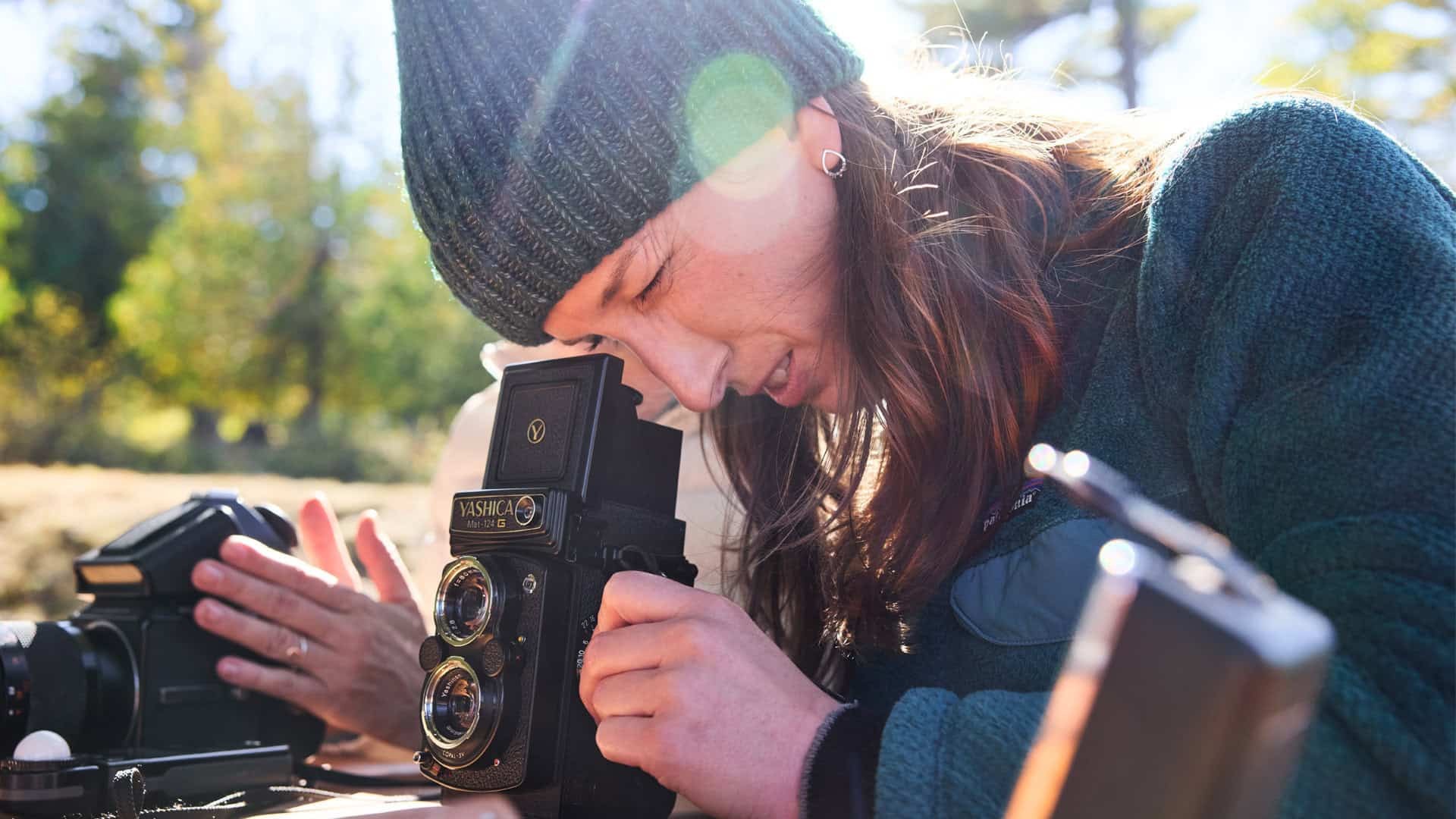
As we drive to the top of Brockway Mountain, dawn whispers on the horizon. With picturesque views of Lake Superior, the two-lane highway bobs up and down, left and right. The CX-70 traverses the road with a quiet ease—a comfortable, yet powerful vessel for a nature-inspired adventure.
From the viewpoint, the first sunrays dapple the tops of the trees. The stripes of light captivate Beth. She grabs her camera. I breathe in the fresh air—a crisp mix of the unsalted lake and forested mountain—and slide my smartphone from the CX-70’s Wireless Charging Pad.


Beth reminds me of a well-known tip: “The best camera is the one you have with you.” Throughout the road trip, Beth shoots on different cameras, with a mix of film and digital, and before I learn the ins and outs of the Yashica camera, I use my smartphone. Photography, Beth explains, is about making the most of what you have, to capture what you see.
Patience is among a photographer’s most important traits.
Later, we sip coffee and savor fresh scones on the Copper Harbor dock, and Beth shares another valuable lesson in photography, this time about patience. As a fisherman casts a line into the harbor and otters slip above and under the tranquil water, Beth notices a shot she wants to compose. She sets up her gear and walks me through what she sees—the reflections on the water and the way the morning light rakes across the trees.
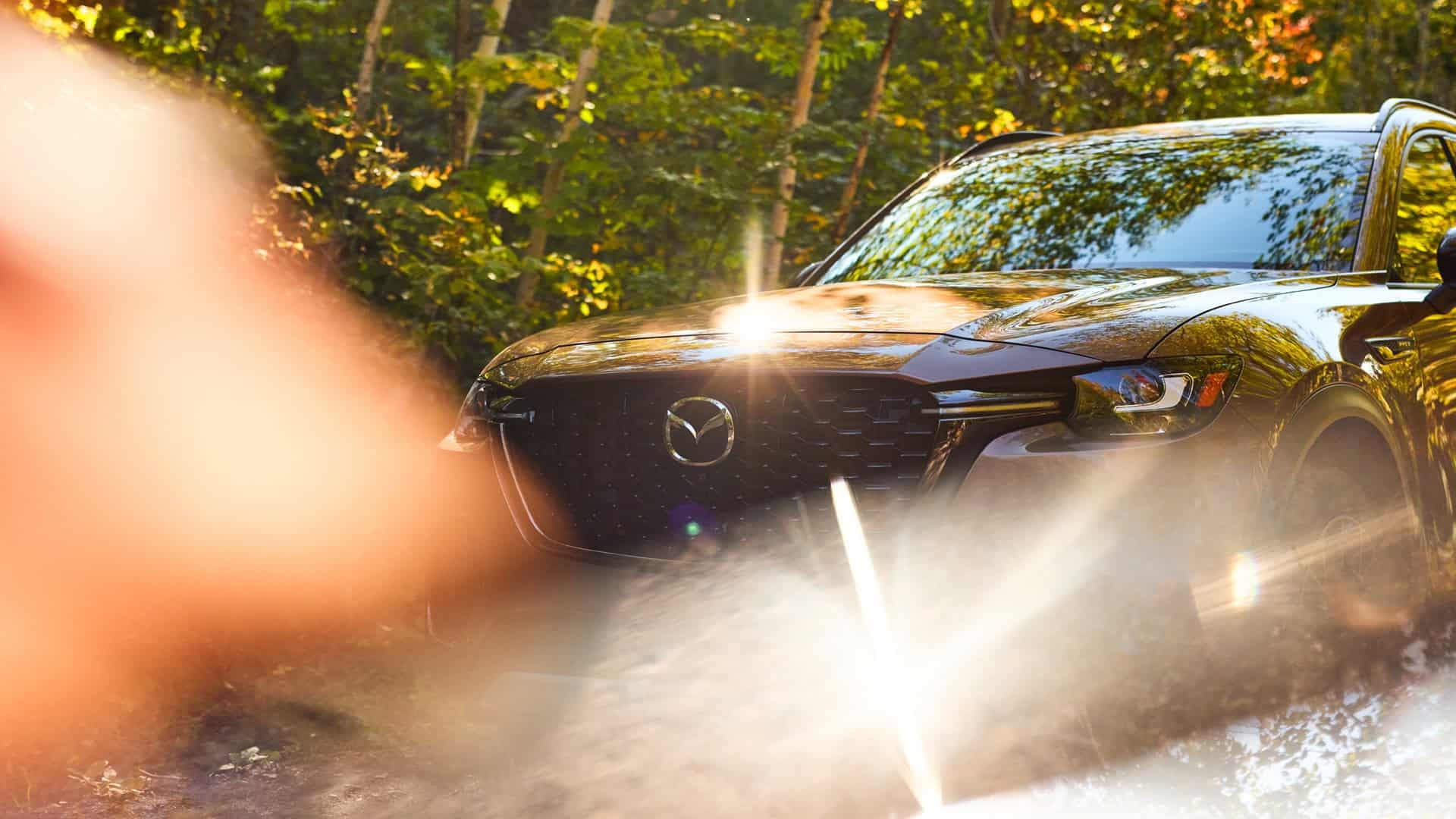
“Finding the best light is important.”
To watch Beth work is to witness an artist who knows her craft well and is constantly experimenting, ever since she was a child with her first darkroom in her family’s basement. “That was my basis,” she says. “I didn’t know much about photography at that point other than I loved to do it. I had the passion because I just loved doing it.”


Don’t just take a photograph. Make a photograph.
That afternoon, at a picnic table at Lake Superior, I slide my grandfather’s film camera from its case. Beth teaches me how to configure the shutter speed, ISO, and aperture, and shares a lesson she learned in elementary school: Photography is about making a photograph, not taking a photograph.
We begin to wander, each in our own direction, each with our own eye. I home in on the details of my experience—what I’m witnessing, what I wish to capture—and line up a few photos of the beautiful, rugged environment. Out here, among a rocky beach strewn with birch tree bark, I find my footing with this new-to-me camera in a new-to-me place.
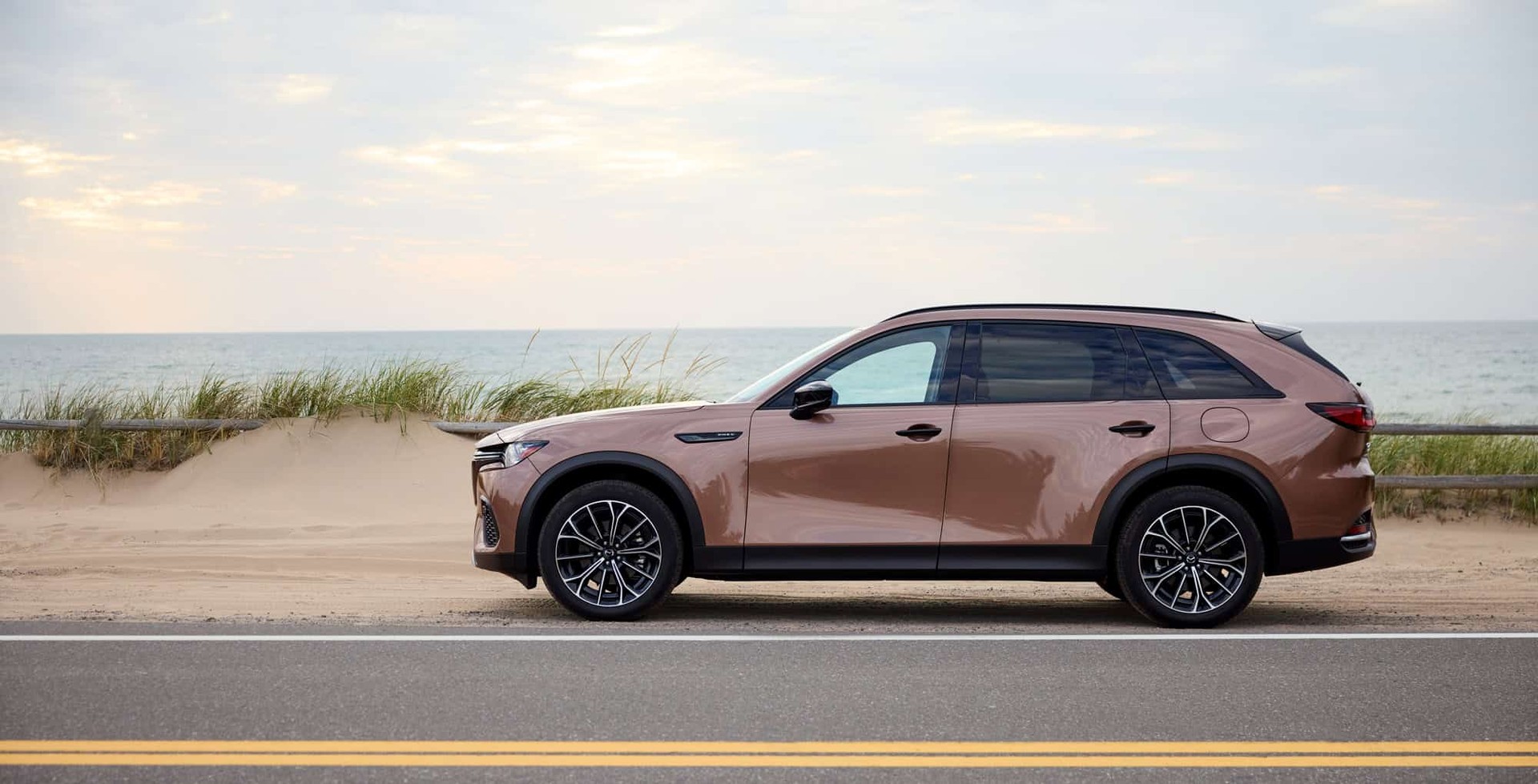
Find the best natural light.
Looking to make the most of the final daylight, Beth and I sail along the highway. I drive, making the most of the CX-70’s powerful inline-six engine, and Beth looks around — and above us, too, through the expansive moonroof — for a suitable stop.
Swipe to explore a few of Beth’s personal shots
We find it at Great Sand Bay. We walk down to the beach, chatting about a common lesson in photography. “Finding the best light is important,” Beth says. “There’s something to be said about certain times of day—about magic hour.”
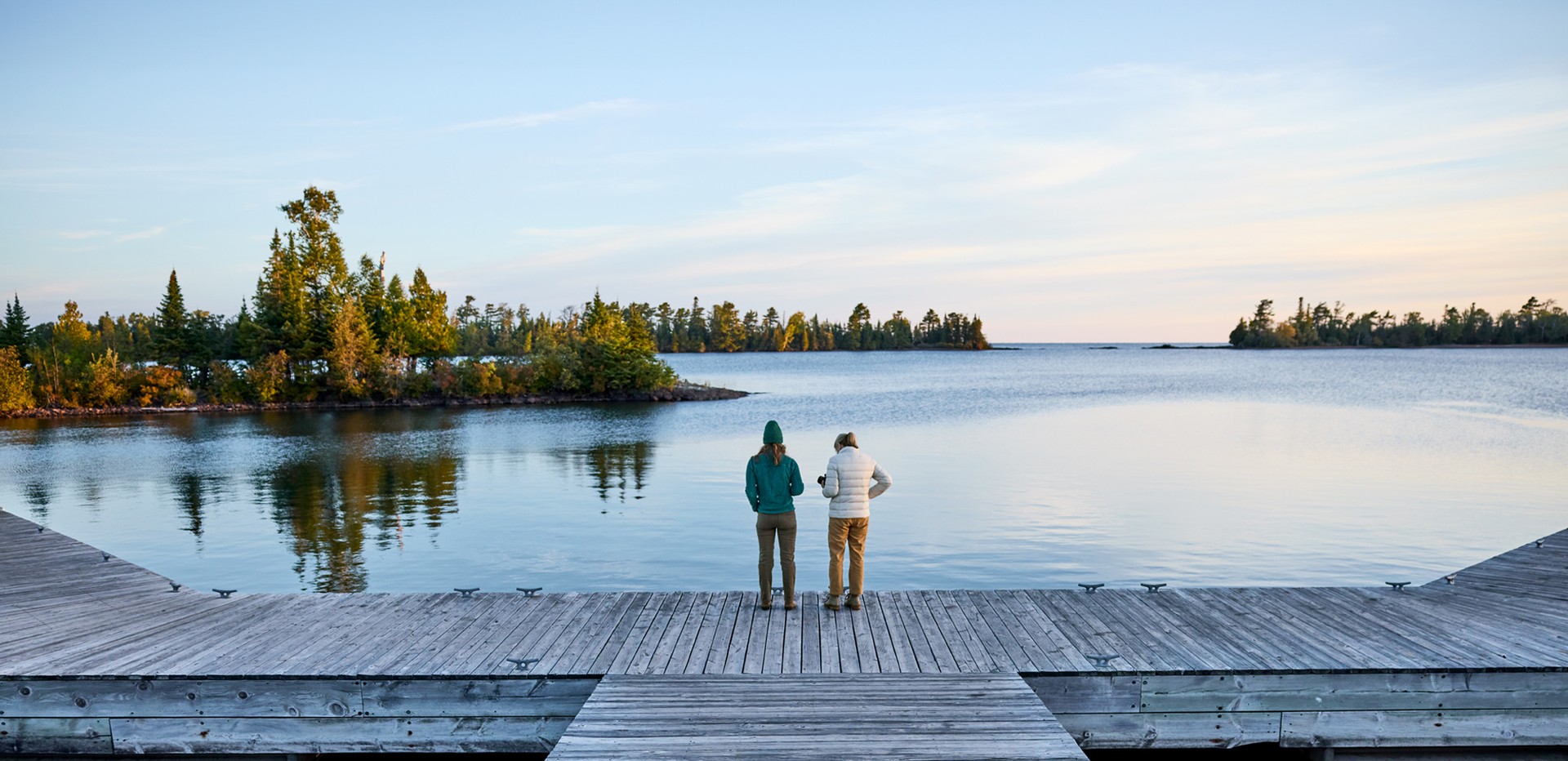
As wind stirs the sand and waves tumble toward the shore, I continue to experiment with my grandfather’s film camera, angling it to capture the dune grass and the curve of the coast. Overlooking the beach and lake, I study my friend among the water and wind of Northern Michigan; among these elements that ignite a fire within her.


For years, Beth has found her purpose in capturing the freshwater lakes of this region. “I’m inspired by the landscape of the Great Lakes and the changing seasons, and how the light falls onto these spaces,” says Beth as we return to Copper Harbor in the comfort of the Mazda CX‑70. “That inspires me. It keeps me creative.”
Though we live among the Great Lakes, this getaway reminds me of the importance of stepping outside our everyday lives and making time for places and destinations that can stir the soul—no matter how close to or far from home you venture. By setting aside routines and letting your curiosities take the wheel, you never know where the road will lead. Nor the memories and photographs you’ll make along the way.
Words Emily Hopcian / Images Anthony Dias, Beth Price
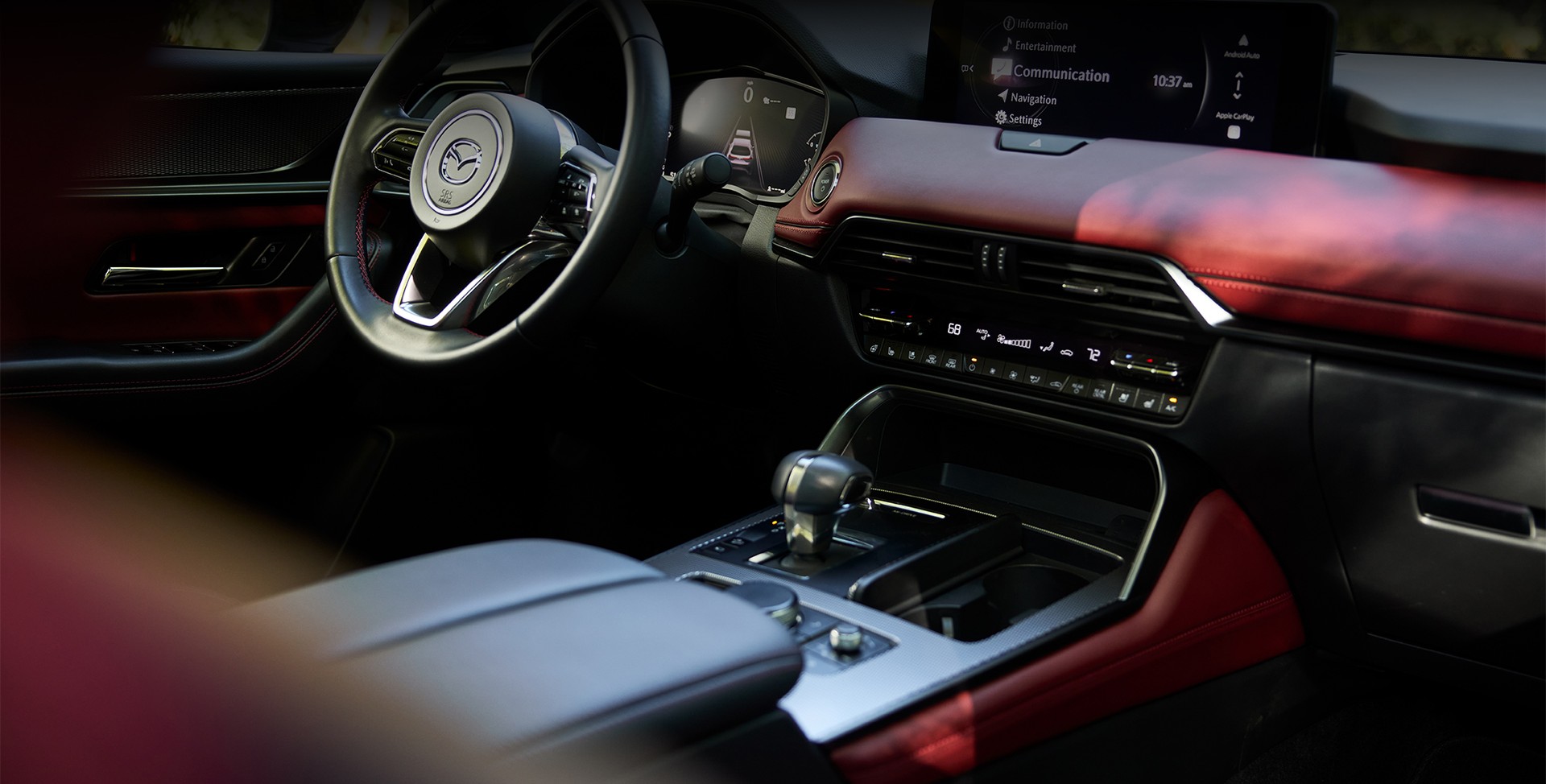
Find out more
